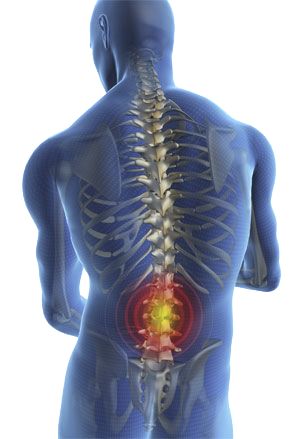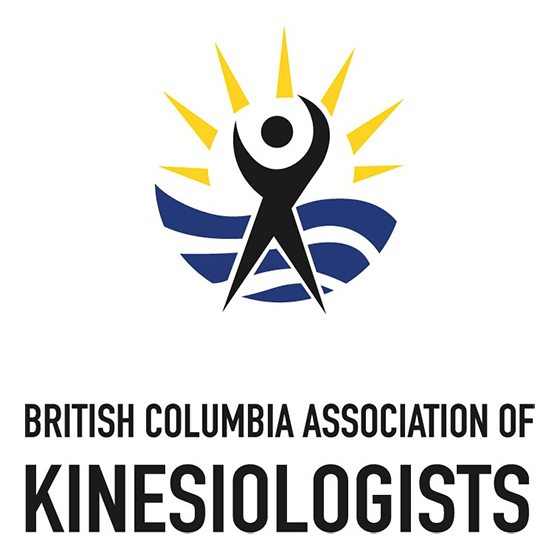Active Rehabilitation
What is Active Rehabilitation?
 Active rehabilitation services are conditioning programs focused on the rehabilitation of one or more soft tissue injuries. Soft tissue injuries are those sustained to skeletal muscle, tendons, ligaments, fascia, and or cartilage. Unlike a fractured bone, which will typically heal in six weeks, soft tissue injuries can take months to rehabilitate. In general, some sort of passive therapy such as physiotherapy, massage therapy, chiropractic treatments, or acupuncture is undertaken in the acute stage and for the first 3-6 weeks following the injury. However, there comes a point when the injury will benefit from a structured and progressive exercise regime.
Active rehabilitation services are conditioning programs focused on the rehabilitation of one or more soft tissue injuries. Soft tissue injuries are those sustained to skeletal muscle, tendons, ligaments, fascia, and or cartilage. Unlike a fractured bone, which will typically heal in six weeks, soft tissue injuries can take months to rehabilitate. In general, some sort of passive therapy such as physiotherapy, massage therapy, chiropractic treatments, or acupuncture is undertaken in the acute stage and for the first 3-6 weeks following the injury. However, there comes a point when the injury will benefit from a structured and progressive exercise regime.
At Peak Kinesiology, you will work one one-on-one with a kinesiologist who will structure and implement an individualized and progressive conditioning program dedicated to returning you to an active and functional life.
If you have medical benefits through your work, your active rehabilitation may be covered by your insurance carrier. Check your policy. If your injuries are a result of a motor vehicle accident, ICBC may cover your active rehabilitation.
ICBC and private insurer adjudicators and case managers click here to refer your client for active rehabilitation services or request more information on services and preferred rates.
What is Core Strength?
Including a focus on core strength development within sport conditioning and personal fitness training programs has become popular in recent years. However, its origins are in active rehabilitation, in particular for persons with low back pain.
Core strength is important because all forces generated by the upper and lower musculature originate in, stabilized by, or transferred through the trunk and lower torso. Weakness and or muscle imbalances of the core can give rise to poor posture and extraneous movement, which can cause lower back pain and set the stage for injury. A strong core increases the stability of the spine and prevents or reduces excessive stress on the connective tissues surrounding the intervertebral discs. Moreover, a strong core will increase intra-abdominal pressure, reducing the stress on the vertebral discs themselves.
Core strength development involves targeting the following muscle groups of the back, abdomen, and hip: rectus abdominis, transverse abdominis, internal obliques, external obliques, erector spinae, multifidus, quadratus lumborum, and the psoas.

Core strength development can be categorized into four stages of exercise. The first of these involves teaching the individual how to contract the deep core. Of primary importance here is the ability to contract the transverse abdominis and, what physicians call the pelvic floor, the levator ani. Once the person can consistently contract the transverse abdominis statically, they may progress to training the core stabilizers with external loads e.g. the squat. This may be followed by progressing to resisted dynamic trunk movements and eventually resisted functional tasks.
Make a Referral
Click here to access our referral form.






